Join More Than 50,000+ Subscribers and get latest camera news and rumors
NEW CAMERA VIDEOS ON YOUTUBE
|
By admin, on April 25th, 2020
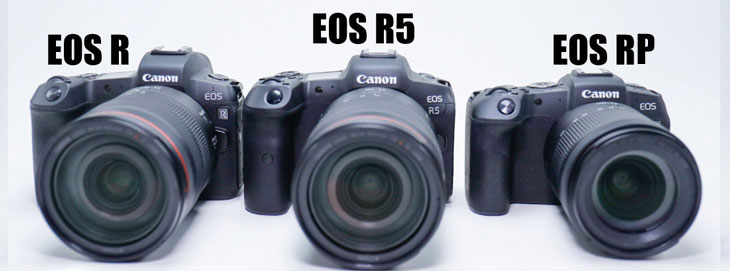
Side by side image comparison of Canon EOS R5, Canon EOS R, and Canon EOS RP. Take a look a the size comparison of all three cameras. The Canon EOS R5 looks slightly bulky and has more dipper handgrip compared to Canon EOS R. On, the rear side of the camera as you can see Canon removed the Toch navigation bar and instead of that they have added the joystick controller on the rear side of the camera.
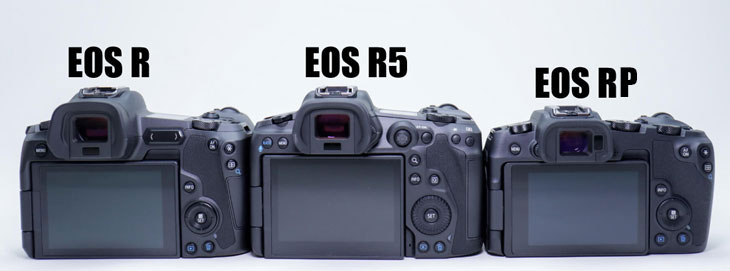
We already have the Video spec of the camera, the official announcement of the camera may happen in May OR early June 2020.
Get Canon EOS R5 from B&H Store | Amazon.com
We will update you soon as we get any new information related to the upcoming cameras.

Get LIVE RUMORS –> FACEBOOK | TWITTER | INSTAGRAM to get live news + Canon rumors 24X7
By admin, on April 13th, 2020
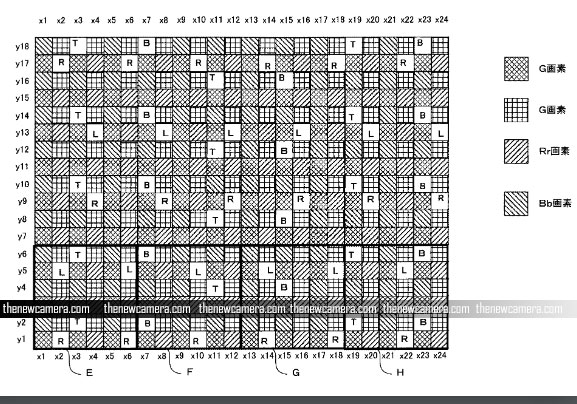
The sensor is designed by a camera manufacturer but outsourced for fabrication to a third party, it is not quite the same as using a sensor from a third party, right? So, most of the camera makers including Fuji, Nikon and now even Canon does the same. In the New patent, Olympus is working to improve the Autofocusing system of the Hybrid sensors. The patent was granted on Feb of this year. We do hope and expect we will see a new generation of Hybrid AF Sensors in Upcoming Olympus Flagship cameras.
Patent Details
Application JP219A events
Application filed by Olympus Corp – 2019-01-10
Priority to JP19A – 2019-06-06
Publication of JP289A – 2020-02-26
Application granted – 2020-02-26
Publication of JPB2 – 2020-04-12
Application status is Active –
Anticipated expiration – 2034-06-19
Patent Details (Translated)
In an imaging device having a plurality of imaging pixels and a plurality of focus detection pixels in which the position of the opening of the light receiving unit is shifted relative to the imaging pixels,
The focus detection pixels of the first focus detection pixel group including a plurality of focus detection pixels having different positions of the openings, which are shifted in the first direction, correspond to the first color filters of the imaging pixels. Are arranged at the first pixel pitch in the first direction for each focus detection pixel where the position of the opening is different,
The focus detection pixels of a second focus detection pixel group including a plurality of focus detection pixels whose openings are shifted in a second direction different from the first direction and whose positions of the openings are different from the first detection pixels of the imaging pixels. At positions corresponding to second color filters different in color from color filters of 1, each of the focus detection pixels with different positions of the apertures is arranged at the second pixel pitch in the second direction.
We will update you soon as we get any new information.

STAY WITH ON FACEBOOK | TWITTER | INSTAGRAM,to get live news + Olympus Rumors 24X7
By admin, on April 8th, 2020
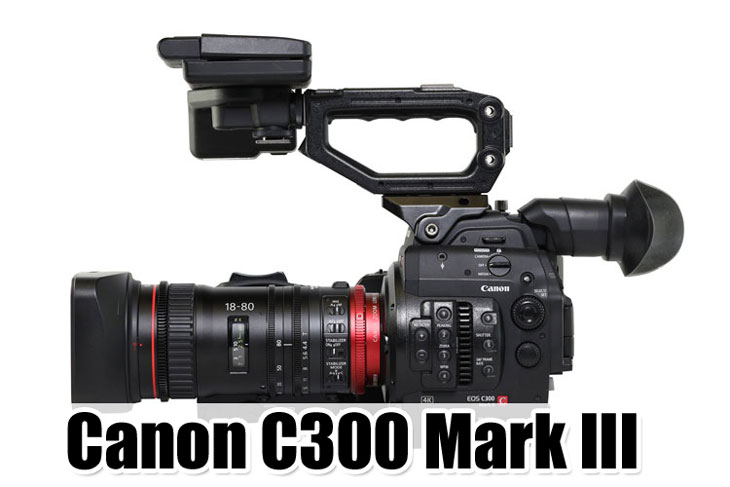
Finally confirmed by Japanese sources that Canon will be reading the Canon EOS C300 Mark III camera Soon. The EOS C300 camera already being listed in Canon’s latest product list.
Canon EOS C300 Mark III camera was announced on April 8, 2015. So, the camera is approx 4 years old and despite having a $9,000 price tag the camera remains limited to capture 4K video at 60 frames per second.
We will update you soon as we get any new information.

Get LIVE RUMORS –> FACEBOOK | TWITTER | INSTAGRAM to get live news + Canon rumors 24X7
By admin, on April 5th, 2020

Nikon is working on Multi-Interface Hot Shoe for Mirrorless Camera. A new patent surfaced over the web that clearly show’s that Nikon will add more accessories in the near future which will be compatible with the FF Mirrorless cameras.
Patent Timeline
Application JP2019xxxxxA events
2019-01-24
Application filed by Nikon Corp 2019
Priority to JP2019010217A 2019
Publication of JP2019xxxxx 2020
Application status is Pending
Patent Details: To provide a view finder that can transmit setting data required for displaying video from a camera body.SOLUTION: The accessory for display is an accessory for display that can be removably attached to a camera body, and comprises: a display unit that displays a video on the basis of a video signal output from the camera body; and an initial communication unit that, when the accessory for display is powered on, executes initial communication processing. The initial communication unit executes processing of transmitting, to the camera body, video format data representing the format of the video signal that can be received by the display unit.SELECTED DRAWING: Figure 1
http://thenewcamera.com/nikon-registered-a-new-camera-n1933/
We will be updating you with more details soon.

Follow us on our social pages FACEBOOK | TWITTER | INSTAGRAM to get live news + Nikon Rumors 24X7
By admin, on March 12th, 2020
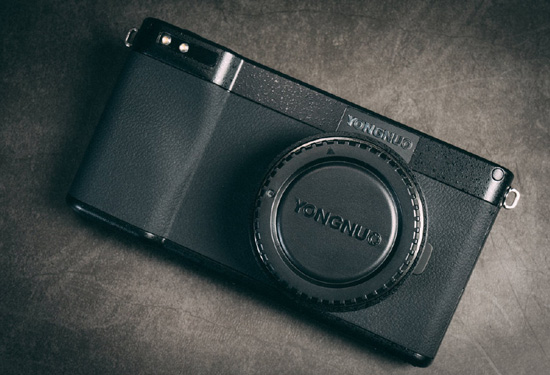
We all know that Yongnuo YN450 4G camera was limited to China, now again Yongnuo is planning to announce a successor of their Yongnuo YN450 4G Mirrorless camera. The first set of images of the upcoming camera is now available, take a look at the pics of the camera
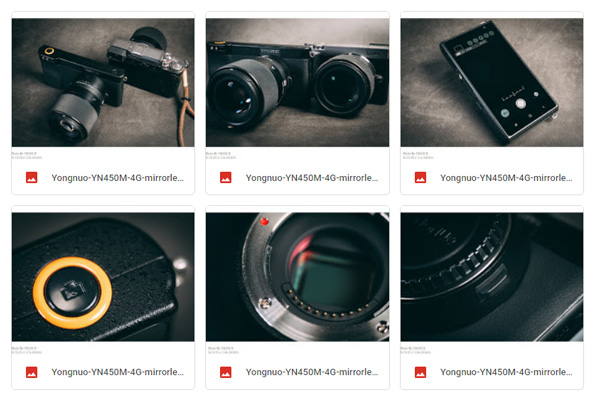
More set of images here
The full specs haven’t been announced yet, although I would suspect it’s largely the same as the original YN450, except for the lens mount.
YN450M 4G camera with a Micro 4/3 bayonet mount has a 4/3 standard sensor ( possibly the same 16 Megapixels same as of it’s predecessor). Yongnuo company produces only one Micro 4/3 standard lens, which means that with the new product you can use the “native” autofocus optics. As well as compatible with other M4/3 format lenses.
YN450M Possible Specification
- 16 MP M4/3 CMOS Sensor
- M4/3 Lenses Lens Mount
- CDAF [Contrast Detect AF System]
- .4k 30 fps video
- Android Pie OS
- GPS module
- headphone jack
- memory card
- Full HD touchscreen
- 4G/3G data network and WiFi
- Dual mic for stereo sound
- 3.5mm mic jack
- Large 4000 mAh battery
- Simple and easy operation
- Dual LED flash
- RAW support
We will update you soon as we get any new information

Get LIVE RUMORS –> FACEBOOK | TWITTER | INSTAGRAM to get live news and rumors
By admin, on March 10th, 2020

Fuji X-100V is undoubtedly the best compact camera street shooter. The Fuji X-100V feature Fuji ultra-popular 26MP BSI CMOS sensor in an ultra-compact body which make it a perfect companion for those who love pocket powerhouse camera. It’s time to look at Fuji X-100V Sample Images.
B&H – Fuji X-100 V Black | Fuji X-100 V Sliver
Amazon.com – Fuji X-100 V Black | Sliver
Fuji X-1100 V is 5th generation of Fuji X-series compact camera with APS-C sensor. The camera is also able to record DCI 4K UHD videos, as well as you, get amazing images from class-leading 26MP BSI CMOS sensor.
Fuji X-100V Sample Images

see more images here
Fuji X-100V press release here.
We will update you soon as we get more information related to the upcoming Fuji X-T4 camera.

Follow us on our social pages FACEBOOK | TWITTER | INSTAGRAM, See more Fuji Rumors
By admin, on March 8th, 2020

Sony A6600 camera sensor DXOMarked finally. The low-light performance of the sensor is slightly improved compared to the Sony A6500. But, more or less the overall sensor score remains same.
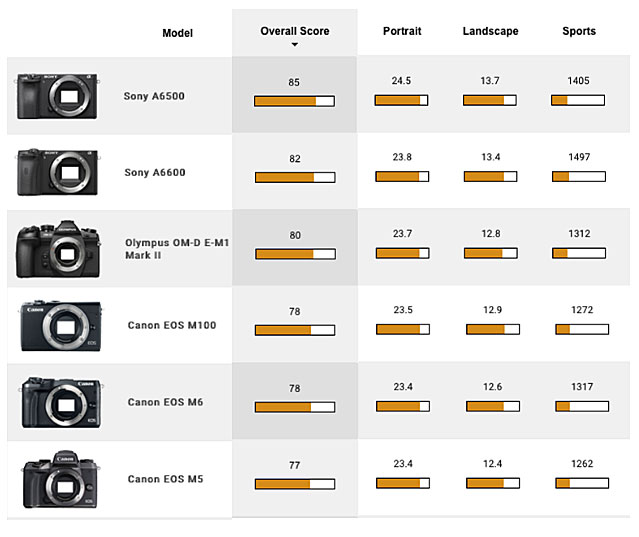
Sony A6600 camera is the successor of Sony A6600 camera. Both have almost same core specification, the only major advantage we are getting with Sony A6600 is the presence of IBIS inside the camera.
Take a look what DXOMark Said about Sony A6600 Camera
Read the verdict:”Sony continues to stay ahead with its 24MP APS-C Exmor sensor, particularly with regard to low-light performance and high ISO dynamic range, though overall image quality is largely unchanged from earlier models. It has also ceded some ground to rivals’ smaller Four-Thirds sensors (albeit most likely Sony-made); as for APS-C, Canon has trumped Sony in resolution with a new 32.5MP sensor…Nevertheless, the Sony A6600 is capable of producing superb-quality images, and the inclusion of its Real-Time Tracking Autofocus for both stills and video, along with a larger battery over its predecessor, make it an appealing upgrade over the A6500. With a well-rounded feature set, the Sony A6600 is an attractive camera at a relatively affordable price…”
We will be updating you with more details soon.

Follow us on our social pages FACEBOOK | TWITTER | INSTAGRAM to get live news + Nikon Rumors 24X7
|
KEEP THIS BLOG ALIVE - Support New Camera Buy Canon Lenses, Buy Music CD or Digital Camera at amazon it helps this site, and you do not pay anything extra, it is just a way to help support this site.

|

















